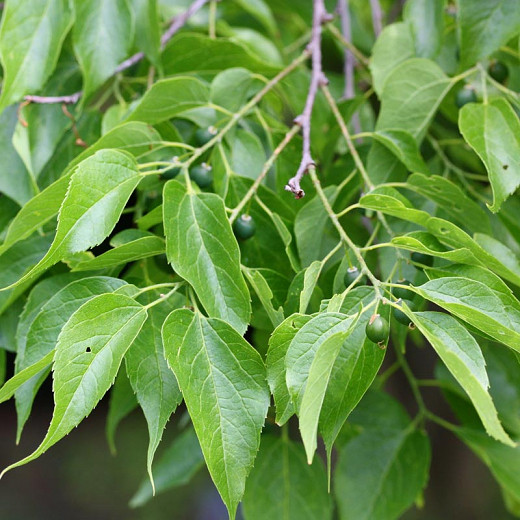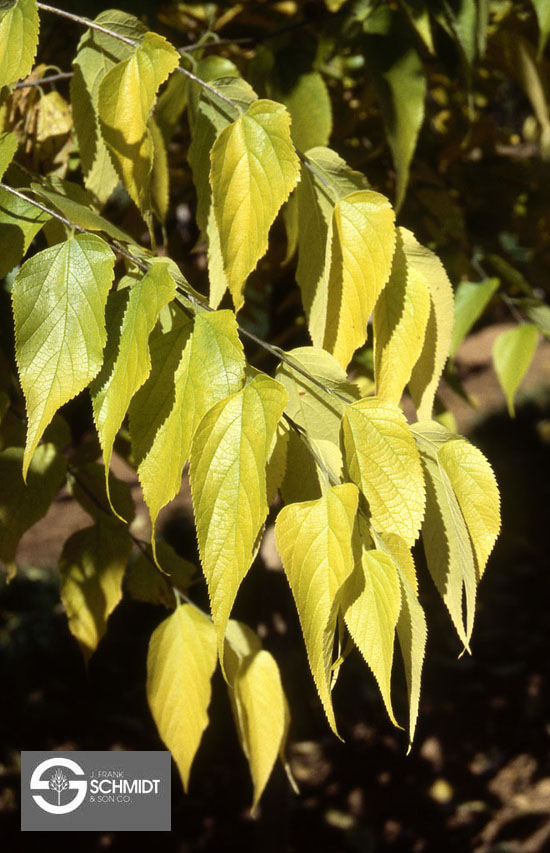hackberry tree leaves turning yellow
They ripen in September and frequently hang on the tree most of the winter. Hackberry has a mature height of 40 to 60 feet with a 1- to 2-foot trunk diameter.

How To Grow Celtis Hackberry Garden Chronicle
Hackberry leaves are a light greenish yellow turning yellow in fall.

. The bark on these branches also appears to be different. Hackberry 10 Seeds From Amazon. Heart-shaped leaves are reddish at emergence become dark green then yellow in the fall.
Lace bugs are sap feeding insects commonly found on the leaves of shade and ornamental trees in Iowa. On mulberry bacterial leaf scorch can cause yellowing between the scorched leaf margin and the leafs healthy green tissue. Blueberries are a wonderful fruit tasty healthy and the bushes make attractive landscape shrubs.
Netleaf hackberry Celtis laevigata var. A blueberry with iron deficiency has yellowing leaves with dark. Both stages live on the lower surface of leaves.
Trees most commonly affected are hackberry sycamore and oak. As they feed they leave tiny yellow to white spots on leaves and dark varnish-like waste spots on the under sides. In the past few weeks the Plant Clinic has received several calls about hackberry trees dropping their leaves.
Heavily infested leaves may turn yellow and drop prematurely. Each leaf hangs from a stem petiole that is 05 to 08 13 2 cm long. A very common pest of the Hackberry is the Hackberry Leaf Gall Psyllid.
Adults are light brown with flecks of creamish-white and look like miniature cicadas. These beetles carry fungal spores with them that as they feed they release into open. Hackberry lace bugs are 18 to 316 inches long sap-feeding insects with clear ornate lacy wings.
More information on Hackberry nipple. Circular nipple-like swellings that project from the undersides. Tiny yellow flowers bloom before leaves emerge.
Could our tree be sick. Also known as American hackberry common hackberry Celtis occidentalis is a fast-growing member of the elm family. Hackberry has a berry-like drupe 14 to 13 in diameter.
The tree can grow to 50 feet or so with an equal width. The leaves are green in summer turning yellow in the fall. Lace bugs are present every year on several of our common deciduous trees but only occasionally are the populations large enough to be noticed.
This disease is spread to trees by native elm bark beetles Hylurgopinus rufipes. Small tree with rounded crown pink to purplish flowers in early spring. After the profuse blooms fade gray-green foliage is revealed turning red yellow and purple in the fall.
Other trees in the area including maple and oak have been unaffected. We have a very very large hackberry tree in our backyard. It can put on anywhere from 12-24 of growth a year growing to about the same height as hickories beech and persimmon.
In this process you must remove any diseased damaged or dead branches to give your trees that fresh look. Nymphs are spiny and wingless. Keep in mind that pruning is an option only for established specimens.
Yellow discolorations on upper leaf surface above the nipple galls. Its gray warty bark is one of its most handsome features. The tree can grow to 50 feet or so with an equal width.
The tree grows in hardwood forests and limestone ground in its native habitat. 18th to 316th long. When the eggs hatch the insects feed by sucking on the sap of the leaves which is why the leaves are yellow.
Again this year we are experiencing a bumper crop of hackberry lace bugs. The leaves are green in summer turning yellow in the fall. While all the other trees in the area are green from the recent rains the leaves on this tree are turning yellow and falling off.
The browning of the hackberry Celtis occidentalis leaves is probably due to lace bugs. While its native range is south of Maryland its very hardy. Leaves on hackberry trees are simple leaves that are arranged alternately on crooked branches.
This tree could be suffering from multiple issues. The foliage is elm-like and the bark is corked and warty. The drupes have thin purplish skin with sweet yellowish flesh.
Leaves are spotted with areas where the epidermis appears sunken. Chinese elms with leaves turning yellow are likely infected with one of two devastating diseases. The leaves of severely affected mulberry trees drop prematurely.
This pest is normally considered just a nuisance rather than destructive to the tree. Though lace bugs from. You can also cut some off those branches that are extra crowded grow vertically or rub against each other.
Hackberry Celtis occidentalis is a native tree of the US and is also known as common hackberry and nettletree. Requires little pruning after lower. These lace bugs spend the winter as eggs under.
In the fall hackberry leaves turn an undistinguished yellow or pale green. The upper surface of the leaves is rough textured and darker green in colour whereas the lower surface is smoother and paler green in colour. Some of my blueberries have begun to exhibit classic signs of iron chlorosis that is iron deficiency.
Reticulata is a deciduous treeIts species name reticulata means netted or reticulated in Latin and is a reference to the netted pattern of the veining in the leafIn addition to the three-inch leaves identifying features include the gray furrowed bark of its trunk and its spherical berries which are light red and measure 14 inch. Recently we received two different samples from affected trees. Dutch elm disease results in yellowing foliage caused by a fungal infection.
Other trees besides hackberry have lace bugs but hackberry seems to suffer the most sever and noticeable symptoms. They are easy to grow once you get the soil and water right but if they have a problem they let you know. The browning of the hackberry Celtis occidentalis leaves is probably due to lace bugs.
Is this common for these trees or a cause for concern. Premature leaf drop can occur during heavy infestations. In the fall the leaves turn a bright yellow to yellow-green.
There are 3-4 smaller branches where the leaves turned yellow and fell off leaving a bare branch. We have a tree that looks like a Hackberry and even has pea-sized berries but the leaves are larger. Simple ovate leaves emerge in early spring with serrated edges unsymmetrical bases and tapered points.
Is there anything we should do about it. The leaves are light green on the top and paler green on the underside. Thank you for your time.
You can see the eggs of the psyllids in your picture.
Texas A M Forest Service Trees Of Texas List Of Trees
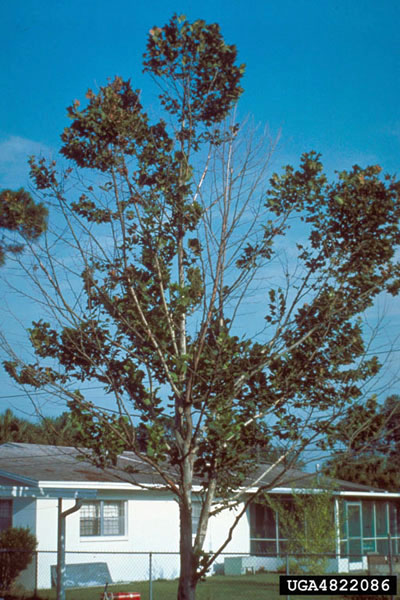
What S Wrong With My Plant Garden University Of Minnesota Extension
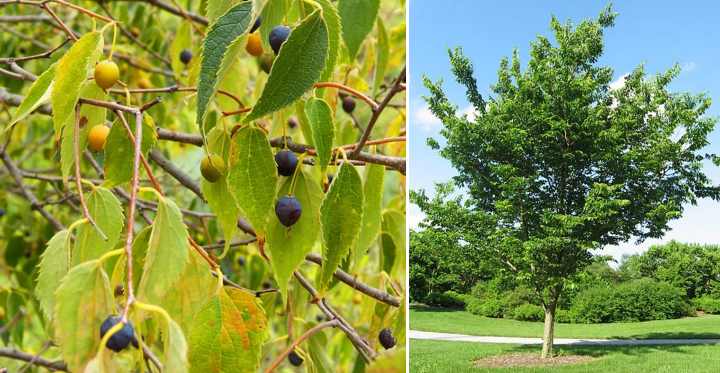
Hackberry Trees Celtis Common Types Leaves Bark Fruit Pictures Identification

How To Grow Hackberry Trees Gardening Channel

Species Spotlight Hackberry Edge Of The Woods Native Plant Nursery Llc
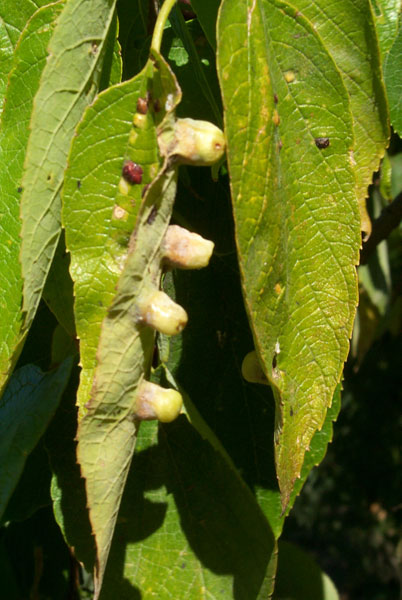
What S Wrong With My Plant Garden University Of Minnesota Extension

Hackberry Trees The Garden Bench

Hackberry Tree On The Tree Guide At Arborday Org

What S Wrong With My Plant Garden University Of Minnesota Extension
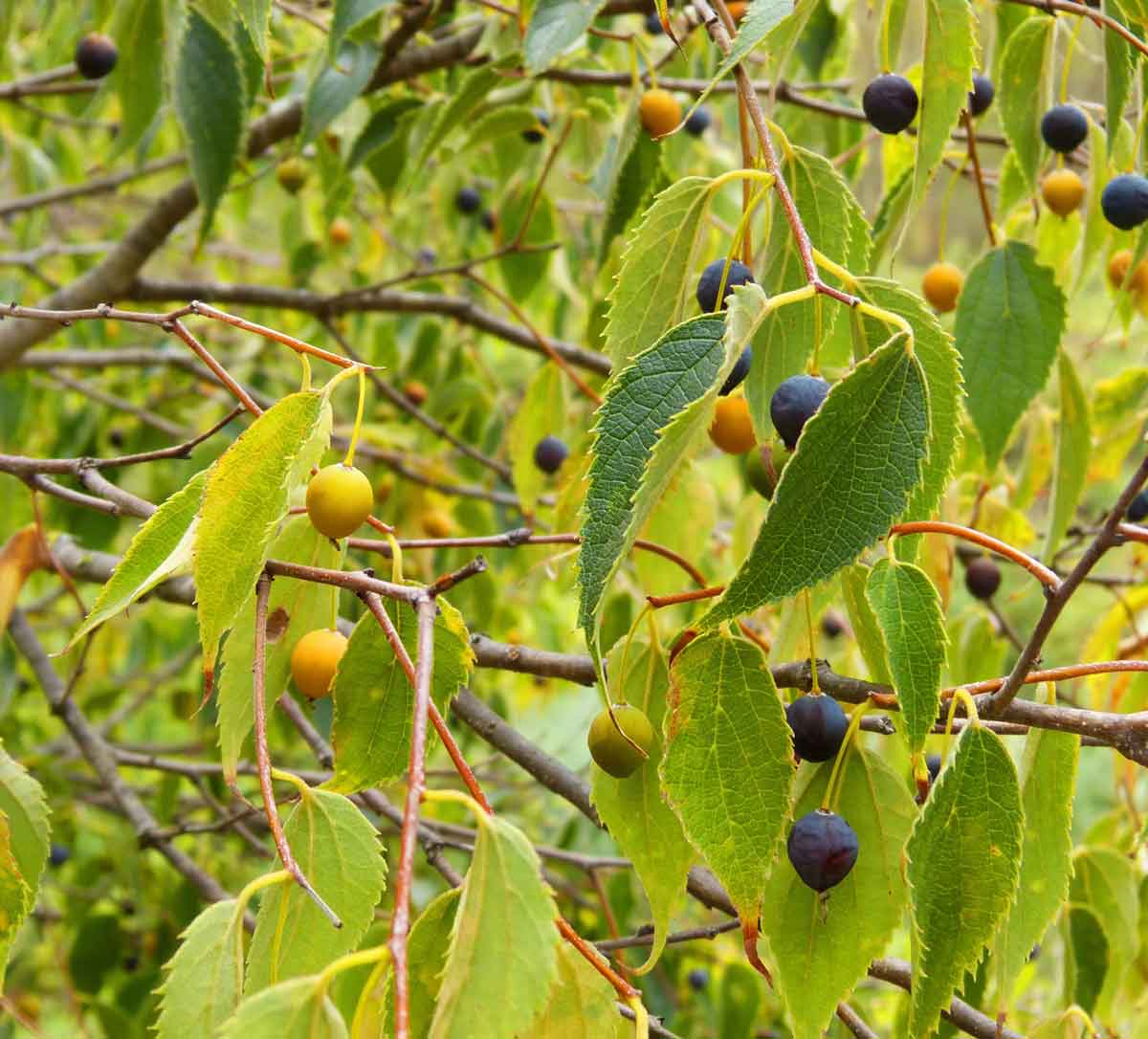
Hackberry Celtis Occidentalis Learning Stations At Ariel Foundation Park
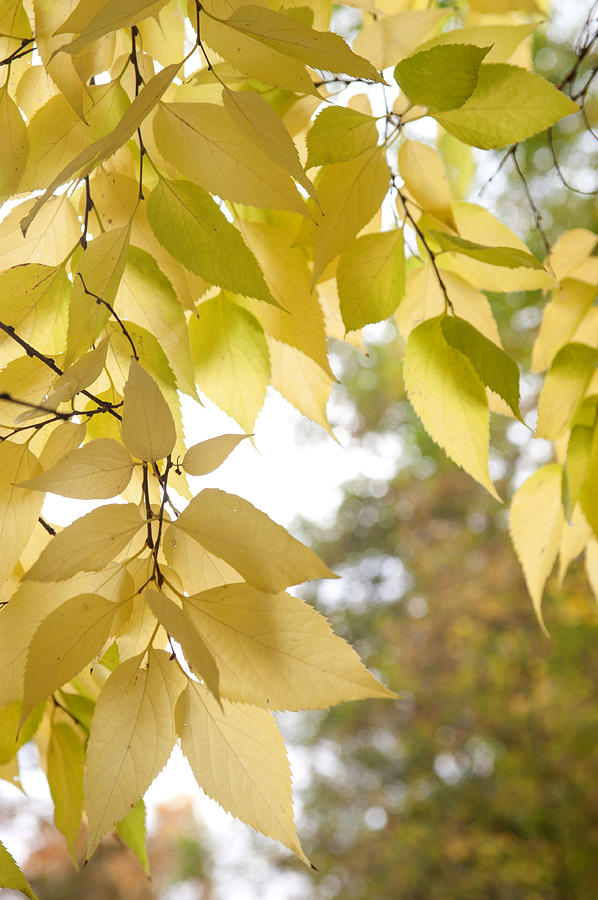
Yellow Leaves Of American Hackberry Tree 3 Photograph By Jenny Rainbow Pixels
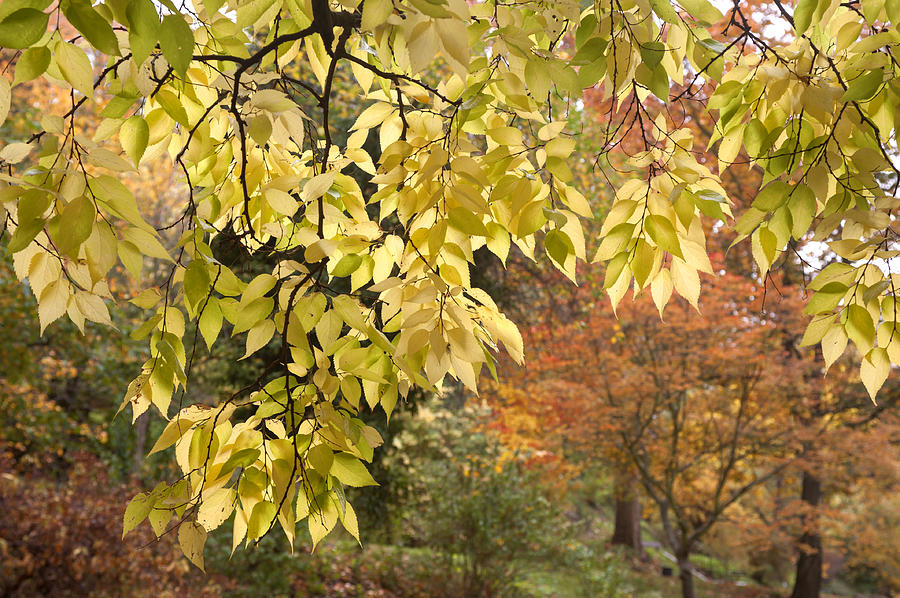
Yellow Leaves Of American Hackberry Tree 1 Photograph By Jenny Rainbow Pixels

Hackberry Ohio Department Of Natural Resources

What S Wrong With My Plant Garden University Of Minnesota Extension

Common Hackberry Northern Hackberry Nettletree American Hackberry Mdc Teacher Portal

Hackberry Better Homes Gardens
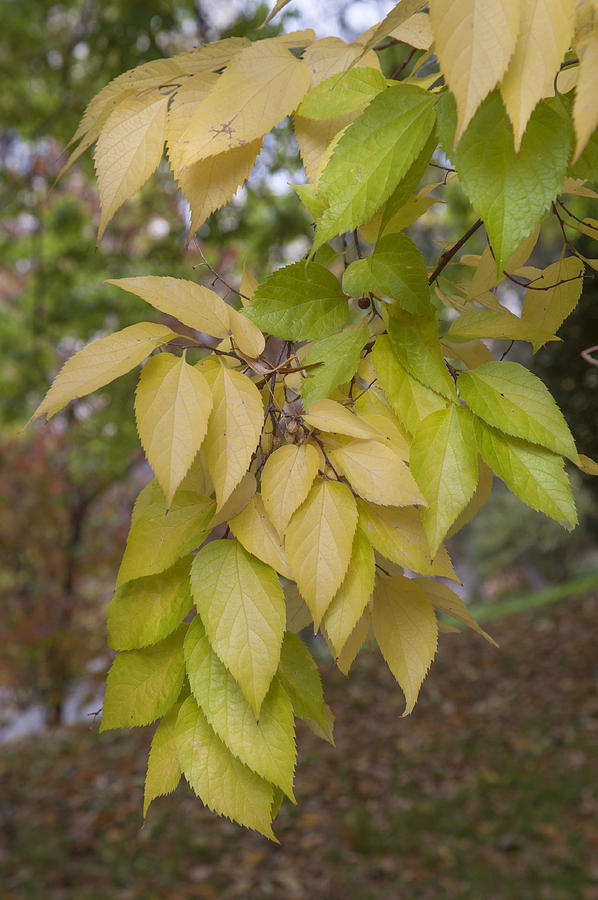
Yellow Leaves Of American Hackberry Tree Photograph By Jenny Rainbow Pixels
